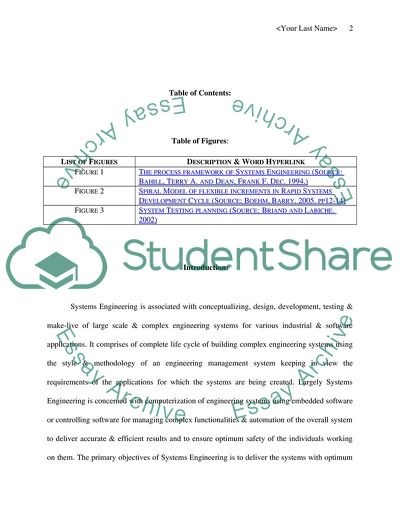Cite this document
(Integration Testing and Systems Testing Research Paper, n.d.)
Integration Testing and Systems Testing Research Paper. Retrieved from https://studentshare.org/statistics/1721737-integration-testing-and-systems-testing-the-roles-than-play
Integration Testing and Systems Testing Research Paper. Retrieved from https://studentshare.org/statistics/1721737-integration-testing-and-systems-testing-the-roles-than-play
(Integration Testing and Systems Testing Research Paper)
Integration Testing and Systems Testing Research Paper. https://studentshare.org/statistics/1721737-integration-testing-and-systems-testing-the-roles-than-play.
Integration Testing and Systems Testing Research Paper. https://studentshare.org/statistics/1721737-integration-testing-and-systems-testing-the-roles-than-play.
“Integration Testing and Systems Testing Research Paper”, n.d. https://studentshare.org/statistics/1721737-integration-testing-and-systems-testing-the-roles-than-play.


